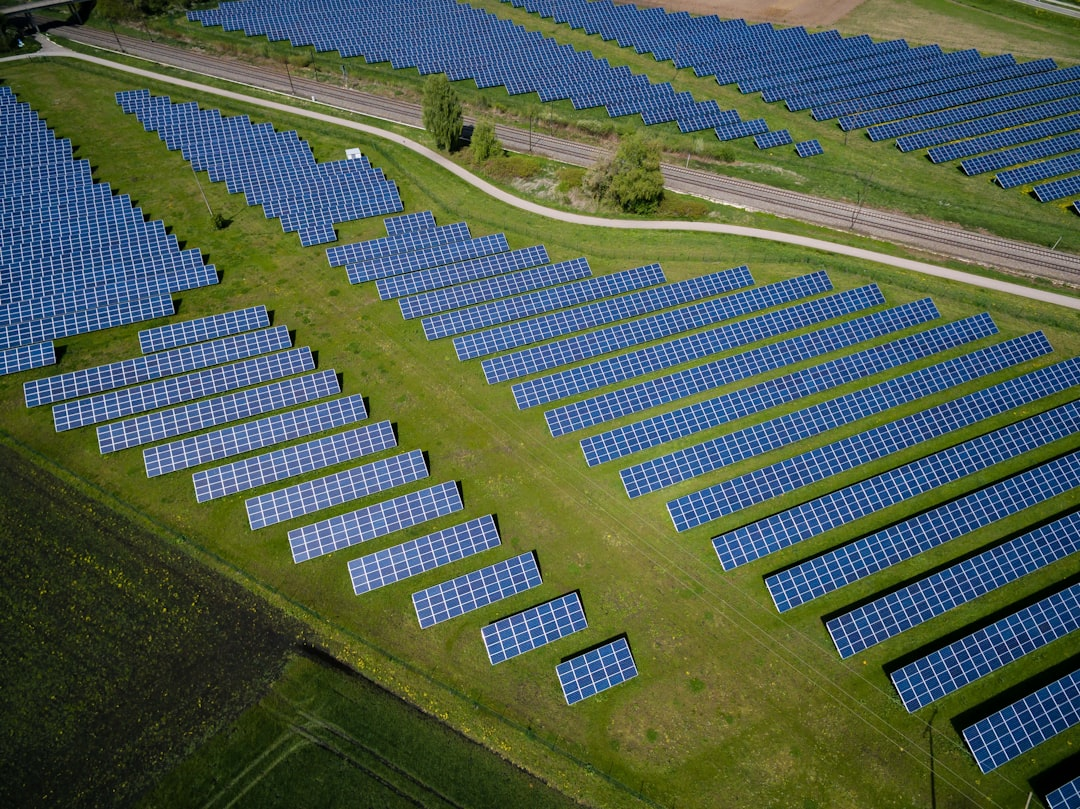- cross-posted to:
- energy@slrpnk.net
- cross-posted to:
- energy@slrpnk.net
Farming has always been at the mercy of the weather, but recent years have seen unprecedented swings in temperature, rainfall, and storms. Droughts dry up fields, floods wash away seeds, and heatwaves scorch crops. These shifts don’t just threaten harvests—they destabilize farm incomes. Solar energy offers a much-needed anchor. By capturing sunlight, a constant even when the weather is wild, farmers can generate reliable electricity regardless of the season. This newfound consistency helps them weather financial storms even when nature is unpredictable.
Recognizing the benefits of clean energy, many governments now offer attractive incentives for solar adoption. These include grants, low-interest loans, and tax breaks designed to lower upfront costs. For example, the U.S. Department of Agriculture’s REAP program covers up to 50% of solar installation costs. Such support makes the switch to solar not just appealing, but financially feasible for small and large farms alike. It’s a win-win: farmers get affordable energy, and communities enjoy cleaner air.


